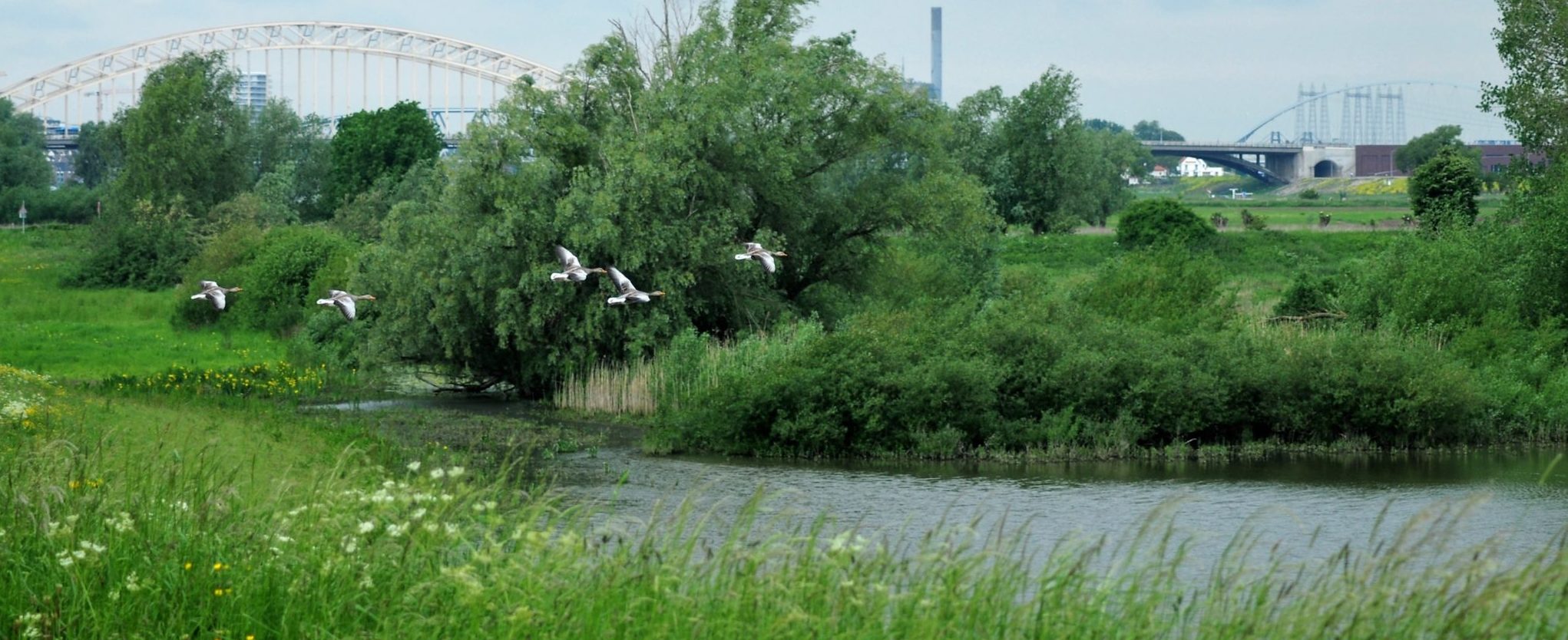
No time to lose: new report highlights the urgent need to restore Europe’s rivers
-
Rivers and Lakes
Today, the European Environment Agency (EEA) published its 2018 European Waters report based on the second River Basin Management Plans (RBMPs) as adopted by the Member States. The assessment shows we have a better notion of the ecological health of the European water environment than six years ago. Although there are indications of water quality improvements, good ecological status for European rivers is still a long way to go. The EEA calls attention to opportunities for better implementation of existing EU water policy to ensure the sustainable management of water resources. Wetlands International supports the EEA’s recommendations and stresses the need for amplified measures to restore our rivers.
Brussels. According to the EEA report ‘European waters — assessment of status and pressures 2018’, Member States have enhanced their monitoring and assessment methods of the parameters for water quality between 2009 and 2015 (the first cycle of RBMP implementation). This allows for better interpretation of the state of European water bodies. Similarly, Member States increased their knowledge of pressures from different human activities threatening the good functioning of water-related ecosystems including wetlands.
Based on the reported data, the EEA has found that around 40% of monitored rivers, lakes, transitional waters and coastal waters is currently in good ecological status, while only 38 % is in good chemical status. The most commonly reported pressure related to ecological status concerns hydromorphological pressures affecting over 40% of surface water bodies.
While the EEA report acknowledges the marked efforts by Member States to improve water quality or reduce pressure on hydromorphology, Wetlands International remains concerned about the ongoing deterioration of rivers which outpaces restoration efforts in some countries. Moreover, the small percentage [i] of Europe’s rivers which still have exceptional natural values must receive a higher degree of protection against pollution and structural changes in line with the requirements of the Water Framework Directive (WFD). We note that hydromorphological alterations, including barriers being constructed for flood defence, hydropower and irrigation, are ever increasing and cause ecological degradation of European watercourses.
Eef Silver, policy officer at Wetlands International, said: “we need decisive and concerted action from Member States and the European Commission to restore the natural dynamics of our rivers. Free-flowing, clean rivers and freshwater wetlands in good condition support an abundance of life. They are vital to people and nature. We have less than 10 years to get our rivers back into good ecological shape.”
2027 is the extended deadline for Member States to meet the objective of the Water Framework Directive: good ecological status for all Europe’s waters. No other piece of environmental legislation is better equipped to accomplish sustainable and integrated river management. The EEA emphasizes in its report that further policy action and improved implementation is needed to protect the water environment, stating that, “it is evident that activities in sectoral areas such as agriculture, energy and transport are the driving forces behind the achievement, or non-achievement, of good status. The WFD is an important policy for achieving this, and its good status objective defines these boundaries of sustainability.” The report goes on to highlight the following opportunities under existing legislation:
- maximize synergies between environmental policies, for example in monitoring and planning processes.
- restore aquatic ecosystems to achieve multiple benefits for water ecosystems, for example by implementing Natural Water Retention Measures.
- further integrate water aspects into sectoral policies, such as energy, transport and agriculture. Stakeholder involvement can enhance this integration.
The Water Framework Directive has spurred water quality improvements over the past decade. According to Wetlands International, these initial achievements should inspire Member States to step up their ambition to achieve the WFD objectives in the second and third cycle of River Basin Management Plans. By implementing large-scale measures for river restoration Member States should tackle the enduring pressures on rivers and wetlands.
Wetlands International – European Association has published several studies looking at hydromorphological pressures on river ecosystems in Europe and the potential for restoration:
- Benefits of European River Restoration Schemes
- An analysis of river fragmentation in Spanish basins
- Restoration of the sponge function in wetland soils as a measure for integrated river basin management in the Rhine catchment
[i] 9% of natural rivers is classified as being in high ecological status, according to EEA collected data.
Header image © Maria Stolk, Wetlands International
